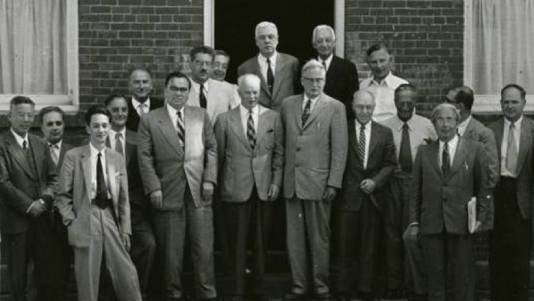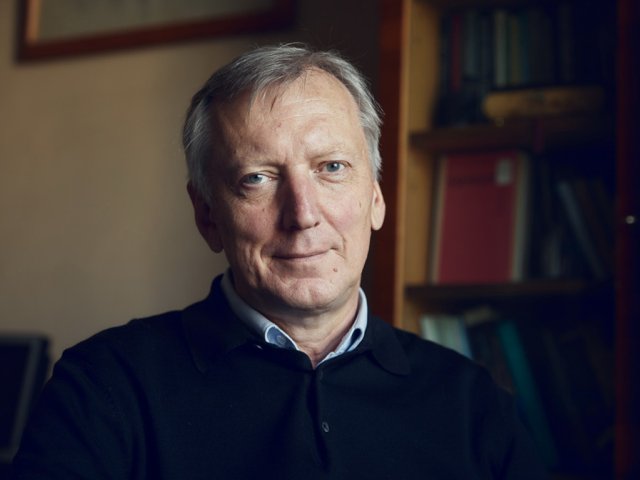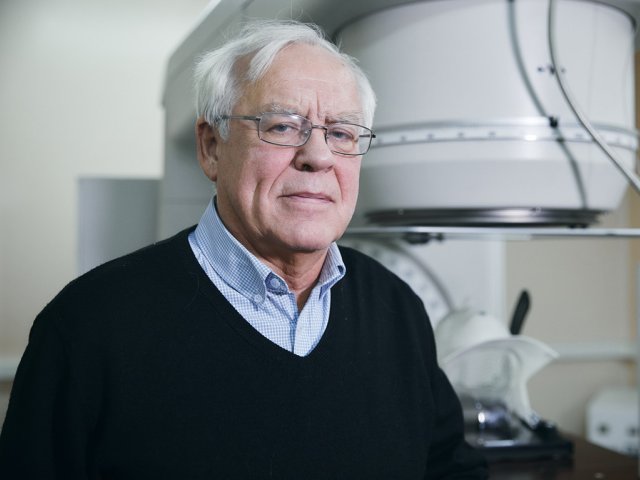On 7 July 1957, the first Pugwash Conference was held in Pugwash, Nova Scotia, Canada. The mission of the Pugwash Conferences on Science and World Affairs is to engage the scientific community in addressing the catastrophic threat posed to humanity by nuclear and other weapons of mass destruction.
The Russell-Einstein Manifesto of 1955 laid the foundation for the Pugwash movement of scientists. Back then, 11 scientists from different countries of the world wrote:
“We have to learn to think in a new way. We have to learn to ask ourselves, not what steps can be taken to give military victory to whatever group we prefer, for there no longer are such steps; the question we have to ask ourselves is: what steps can be taken to prevent a military contest, of which the outcome must be disastrous to all parties?”
Thanks to the “dialog across divides,” the Pugwash movement and its founder Joseph Rotblat with the mission to “to diminish the role of nuclear arms in international politics and, in the longer run, to eliminate such arms” received the Nobel Prize for Peace in 1995.
Ideas formulated by scientists as a result of conference talks are communicated to the general public and heads of governments. As the website of the Russian Pugwash Committee under the Presidium of the Russian Academy of Sciences states, the Pugwash Movement played an important role in the development and adoption of many international agreements in the field of disarmament and security during the Cold War, having contributed greatly to the end of the war in Vietnam and the resolution of other international conflicts and disputes.
Scientists of the Pugwash movement honor their traditions that had evolved already in organization’s early years. For instance, they never claim to represent any particular country – an invitation to the conference is sent to everyone in person. Soviet participants in the first conference included academician Aleksandr Topchiyev, professor Aleksandr Kuzin, academician Dmitry Skobeltsyn, as well as the Assistant Chief Scientific Secretary of the Presidium of the Academy of Sciences of the USSR, Vladimir Pavlichenko. Conferences were held every 1-2 years at first and now are convened every 18 months. Problems on the agenda are discussed “behind closed doors” with no media representatives invited. Only at the close of the conference the participants tell journalists what issues were discussed.
Sources: From the history of the Pugwash Movement of Scientists. Russian Pugwash Committee.
Russian Pugwash Committee. An Academician
About Pugwash. Pugwash Conferences on Science and World Affairs






















